Is There Any Place Where It’s Safe to Retire?
Category: Best Retirement Towns and States
August 3, 2025 — People give a lot of thought to where they are going to retire. Some of the factors they usually consider are climate (e.g.; warm winters), cost of living, tax burden, leisure activities, proximity to friends and family, crime rates, transportation, and quality and availability of health care. But as anyone following the news knows, there is a new factor that a thoughtful retiree should consider – losing your home (or your life!) from an environmental or climate disaster.
There is hardly enough room to list all of the environmental disasters we have seen in the U.S. in the past few years. There were 26 disasters in the U.S. last year that caused more than $1 billion in damages for a total of $113 biliion. Many occured in some of the most popular retirement spots in America, places where no one ever dreamed these things would happen. Those include floods in Asheville and the Texas Hill country, hurricanes in Florida, tornados in many parts of the U.S., wildfires in California, volcanoes in Hawaii, drought in the West. It seems like we are seeing one hundred year storms every few years, and the problems keep getting more severe.
So what can you do to find a safe retirement spot?
The New York Times put out a comprehensive section on this topic on July 13: “Where to Call Home”. It doesn’t appear to be available online, but you can find it in a library. It provides interesting guidance to help with what will be one of the most important financial decisions in your life, where to live when you retire. By doing your homework, you can do a lot to mitigate the risks of an environmental calamity ruining your finances, and causing untold disruptions to your life.
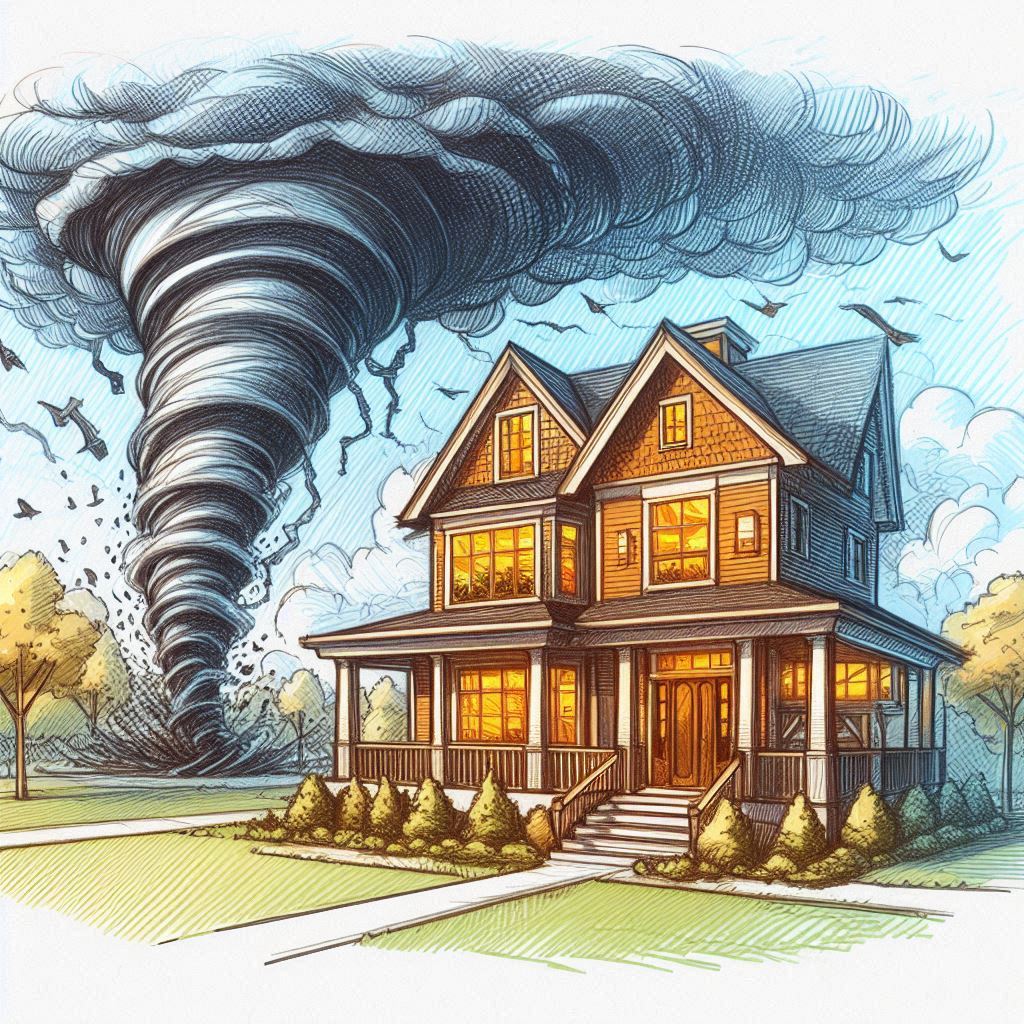
Their article covered many useful topics, which we will discuss in brief here, along with ideas on how to research for hazards.
Researching the area and property history. Knowing if an area or specific home, neighborhood, or area has experienced environmental or climate issues is a good start. The EPA’s MyProperty tool lets you enter an address and find out key facts. Web searches and your real estate agent or town hall could be other places to start. There are maps of where sinkholes are common. Home buyers in most states are required to disclose all “material defects”. In California the laws include disclosing if the property is in a natural hazard zone and if there were past insurance claims. Redfin and Zillow have information about specific properties. You can ask local government officials, neighbors, and the local library about hazards in the area.
Weather history and projections. The FEMA National Risk Index provides data on 18 natural hazards across the United States. A search on Google or AI could help too. In California the Department of Forestry and Fire Prevention has an online map of past fires. Visit the area in season to get an idea of heat waves and other problems.
Water – Drought and Floods. Will your home have enough water in the future – or will it have too much? The best resource is the FEMA Flood Map Service Center (MSC). You can enter your address or ZIP code to view flood zone classifications, which indicate the level of flood risk in a specific area. Drought.com is the government site that provides drought info on broad areas across the U.S. Google searches will get more specific information, but recognize that flood information is always changing and maps are not always up to date. My Waterway is a website run by the EPA with much useful information. Try to find out if there are local pollution sources. Are there alternative sources of water like wells?
Home hardening. To what extent has the home been hardened to withstand floods, earthquakes, and wildfires? Insurance companies have very specific concerns, like building materials and distance from fire hydrants. Does the structure have wind resistant windows and doors (including garage doors), are living areas elevated above potential flood risk, are the building materials including roofing fire resistant, is landscaping kept away from the home? Little details can matter: in the Pacific Palisades many otherwise hardened homes caught on fire through attic vents. You can mitigate those risks, but it will cost money. Inspect to Protect is a component of FLASH, which aims to make homes more disaster resistant.
Community hardening. The recent flash floods in the Texas Hill Country are a good example where a community didn’t put in a good early warning system that could have saved lives. Research past disasters to see how fires, floods, and other emergencies in the area were handled.
Insurance. The first question is will you able to get affordable insurance for your home? Ask to see the policy currently on the property to find out how much and what coverages they are able to get. Make sure you are getting replacement cost coverage, given how expensive it is to build. Get a proforma quote from your insurance company to see if coverage from wind, flood, and earthquakes is available. What has been the rate of increase for home insurance, and what carriers are offering policies?
Bottom line
It is worth the time and effort to try to minimize the risks of an environmental or weather event wiping out your retirement home. Fortunately there are tools available to help you with that task.
Was this article helpful?
Are you concerned that the areas you are considering for retirement have too much natural risks? Have you eliminated some places from consideration because of that? Let us know your thoughts in the Comments section below.
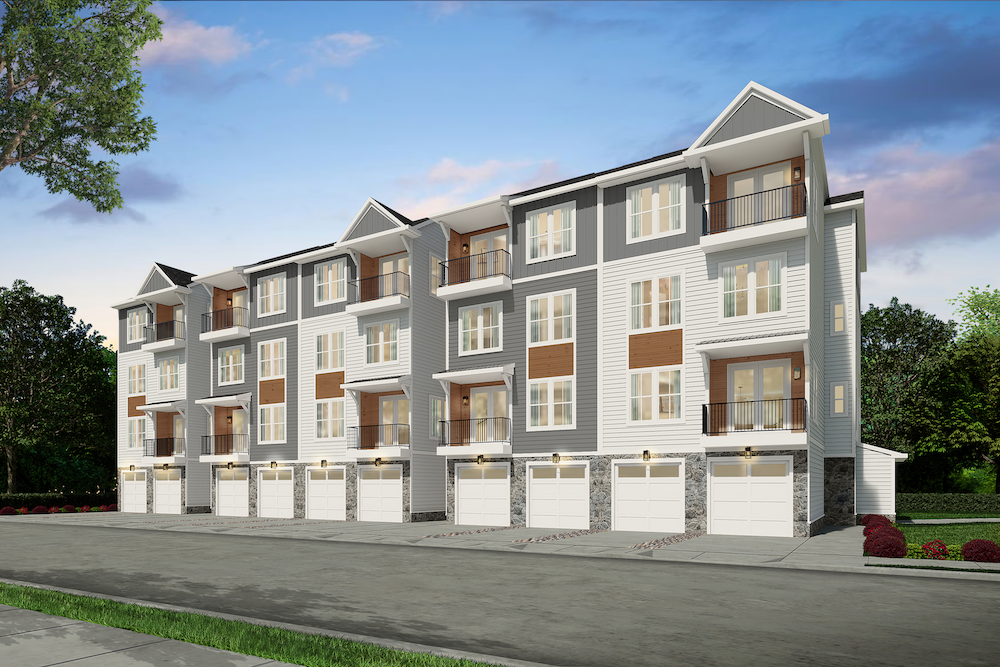
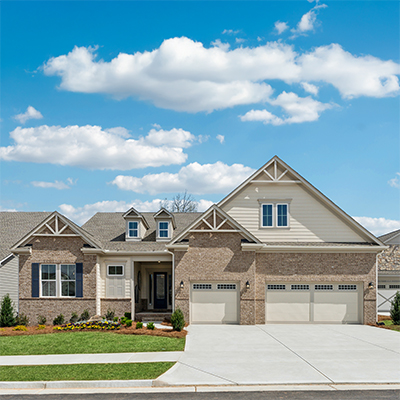

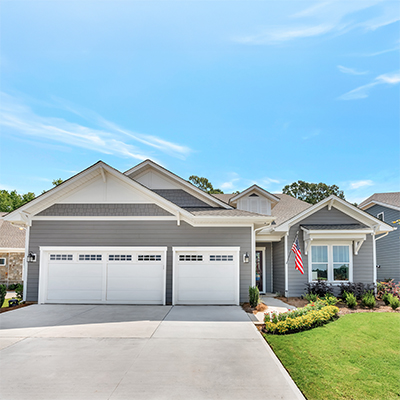
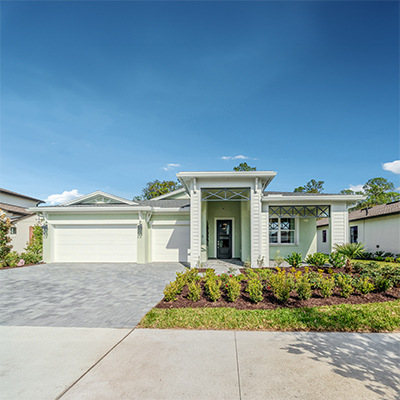

Comments on "Is There Any Place Where It’s Safe to Retire?"
John says:
Is it possible for you to print the New York Times article here I don’t have access to a library.
Bruceb says:
What is safe nowadays? Just like any life decision, there are trade-offs. I have been reading many articles and comments here, and it seems everyone is searching for some panacea of benefits and feels overwhelmed when nothing is out there. Maybe instead of perfect, people should seek out less bad locations where they are or adapt in place if they can. I know everyone is sold on the idea of moving in regirement, but the majority if people do not. They age in place or in their current area. There are risks everywhere, so manage the risks you have and if you cant then get out. There is no best place in my experiences /research. Every option has worts be it taxes, politics, over populated areas or other costs. The real issues are to identify what can or are willing to do you do and then just adapt as best you can.
AL says:
It’s fascinating that the US has a land mass of over three and a half million square miles and yet most of it is becoming as unlivable as it is unaffordable. Regardless, the majority of retirees tend to stay where they have the strongest sentimental connection no matter the consequences.
John says:
The nytimes article doesn’t seem to be online. There must be a library somewhere in your area that you could and ask if you could pay to have a copy made .